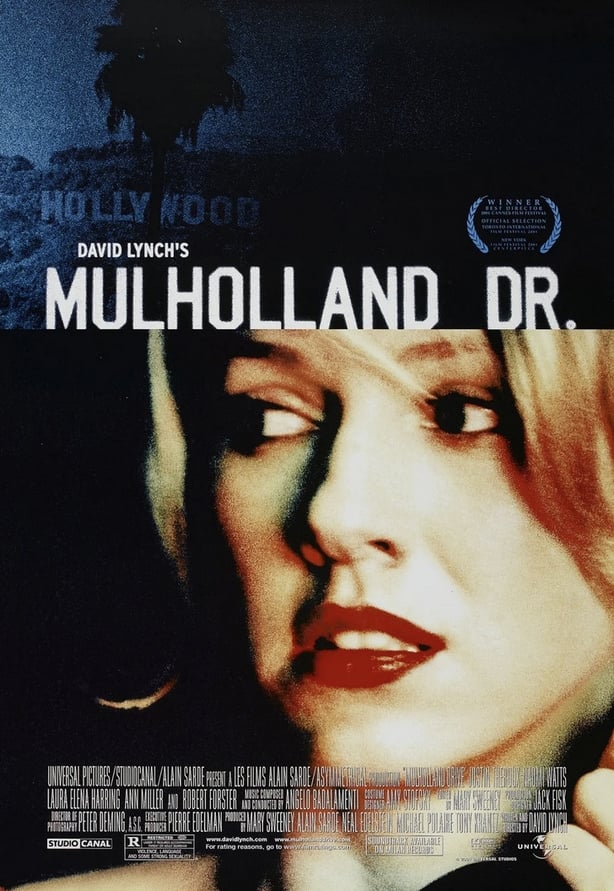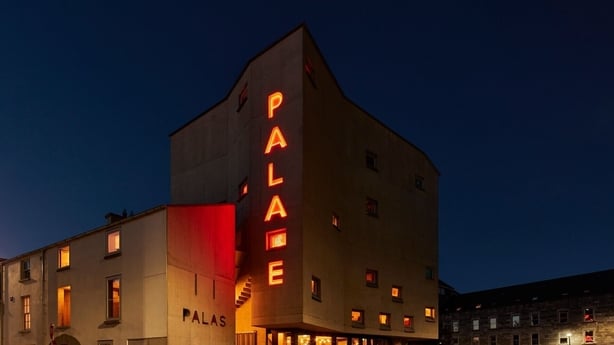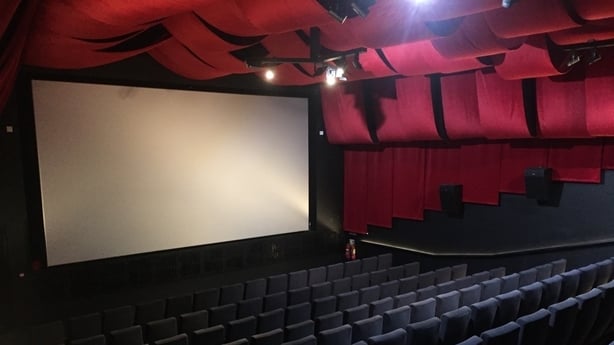It was perhaps apt that the final film screened at Galway's Pálás cinema last Thursday night was 'Mulholland Drive'.
The movie, directed by David Lynch, is a picture that's generated much conversation and comment since its release in 2001. Some rank it as one of the best films of the 21st Century, others remain baffled by its narrative arc, in as much as it even has one.
Anyone who's seen the film will have a definite view on it. Either good or bad. Worthwhile, or a waste of time.
Similarly distinct opinions have been attached to the cinema in which 'Mullholland Drive' was shown the other evening.
The closure of the Pálás came after the Element Pictures owned Light House Cinema Group decided it could no longer sustain annual losses in the region of €250,000 to keep the three screen facility open.

But that's just the latest plot twist in a drama that stretches back over two decades, since the idea for Galway to have a dedicated arthouse cinema was first mooted.
In the intervening years, there've been rows, standstills, delays and delights.
The Solas Picture Palace was first proposed in 2004, when a charity was established to raise funds to construct it, with a target opening date set for 2009.
The cinema site on Merchants Road, near the River Corrib - worth €1.8 million - was donated by Galway City Council. Over the following years, millions more in taxpayer’s money was provided.
Support from the Irish Film Board, the Department of Arts, the Western Development Commission and others eventually totalled €8.4 million.
In 2015, Galway City Council formally took over the management of the project from the Solas charity.
The following year, Element Pictures signed a 30-year lease on the building, agreeing to fit out and operate the cinema. As part of that deal with the local authority, commercial rent would only be paid for the final five years of the lease.
The Palás cinema opened to the public in February 2018, with three screens and a 321-person capacity.

It became home to the Galway Film Society, a hub for the annual Film Fleadh and a place where national and international films were showcased on a daily basis. Following the template of Dublin's Light House Cinema, classic and retrospective screenings also formed part of the offering.
On paper, the Pálás was fulfilling its stated remit, albeit with the odd concession to the latest Hollywood blockbuster, in an effort to draw more customers.
But getting bums on seats proved difficult. The opening of a new cinema in Salthill added to viewers’ choices and meant that there was a total of five picture houses, often showing a similar slate of movies, within a ten kilometre radius of the city centre.
Many Pálás patrons sat in near empty theatres, as they viewed their chosen film.
Last September, Element Pictures (EP) convened a meeting with the Department of Arts, Galway City Council, the Western Development Commission and Screen Ireland to tell the various stakeholders the cinema was not financially sustainable.
Efforts to secure "alternative funding solutions" came to nothing and, in December, it was announced that the Pálás would close in early 2025.
In a statement which provided some reasons for the decision, the (EP) Light House Cinema Group said after investing €1.5 million, and incurring operating losses of over €1.8 million, it had made the "difficult decision" to cease operations.
The move has re-opened the debate on whether a city of Galway’s size can sustain such infrastructure. There’s no doubting the merits of a UNESCO City of Film having a place where new Irish and international works can be screened, or the benefits of having a specially designed structure where film makers, writers and viewers can congregate.
These are surely things a modern, European city should aspire to. Places where creativity is supported. Oases from the din and demands of life. Locations where debate and discussion can be encouraged and promoted.
But such desires need to be balanced with a more grounded reality too.
Should the facility be self-supporting, or further financed by the State? Could it be reborn and remade for a wider audience? Or is it time to admit defeat and pull the shutters down on the multi-million-euro structure, for once and for all?
In recent weeks, the Save Pálás group has called for the cinema to be taken into State ownership, to ensure it can continue to function as a cultural hub for the city’s artistic community. Campaigners say commercial viability should not be the key consideration and that instead the focus should be on the many benefits that accrue to citizens, from having access to a space where the arts can be fostered and celebrated.

Galway City Council commissioned an independent commercial appraisal of the cinema in January. Findings from that report were presented to elected representatives during the week.
The analysis says there’s a "low demand" for arthouse films, with 78% of those presented at the Pálás cinema in 2024 attracting less than 100 viewers.
The cinema needs an extra 32,000 admissions annually just to break even and, in the near future, around €350,000 will be needed to carry out essential upgrades to the building and equipment it houses.
The report presents a number of possible options for the structure, including a partial repurposing, where one screen would remain open, with other spaces converted for cultural and community use.
Alternatively, it could be "repositioned" as a cultural tourism attraction or redeveloped with commercial rental units.
In truth, few of those suggestions seem like realistic options.
The Pálás is architecturally stunning, but it was never intended to be anything other than a place where films would be shown.
A post project review, carried out by the Department of Culture in 2019, found the bespoke design of the cinema building meant its long-term upkeep and refurbishment would be "a costly undertaking".
There is no appetite among the members of Galway City Council to spend more money on a facility that has caused headache after headache and it’s hard to see other State agencies ponying up funds, to match the millions of euro already provided.
It’s understood the Council will seek expressions of interest from operators with "commercially viable" proposals for the building in the coming weeks. A tentative deadline of Easter is set for deciding what happens next.
Right now, it's hard to escape the feeling that the final credits might have rolled for the Pálás cinema.
If that proves to be the case, it'll have been a story of costly undertakings, tricky plotlines and a finished production which met with critical, but not widespread, acclaim.
Much like the film that was selected to complete the cinema's final week of programming.






